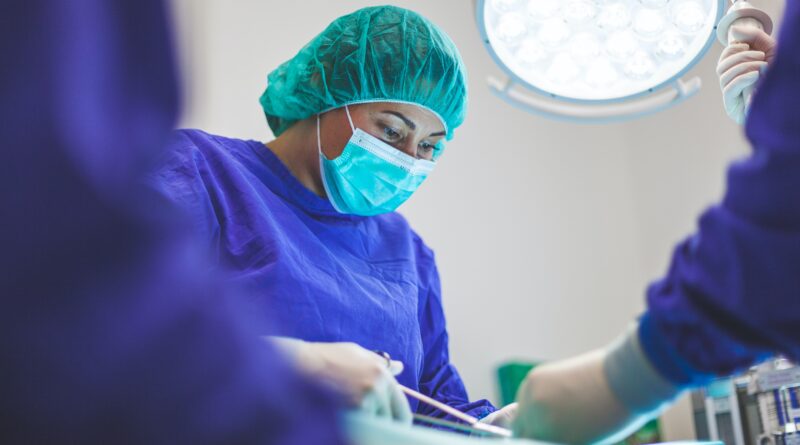What are the key benefits to using a self-retaining surgical retractor?
Surgery is complex and difficult. It can be a stressful time for both patient and surgeon alike and comes with a great degree of risk. As medical technology continues to advance and develop, we’re seeing surgery become more efficient and more effective, with greater levels of patient care and outcomes.
Surgical retractors are one of the most important tools in a surgeon’s arsenal. They are used to hold open incisions while surgery is performed and are essential for a range of different medical procedures. Recently, we’ve seen the development of a new self-retaining abdominal retractor, the Galaxy II from June Medical. What are the benefits of using this kind of retractor? Find out here.
The surgeon has more space to work
Performing surgery requires an enormous degree of focus, skill, and dexterity. Surgeons are under a lot of pressure, so giving them the time and space they need to do their job correctly is absolutely essential.
With traditional retractors, an assistant is required to hold the device open to allow the surgeon to work on the patient. This can make things cramped and impractical; the surgeon may find that their movement is hindered by the presence of someone in close proximity.
A self-retaining retractor does not need to be operated by an assistant. Instead, self-retaining retractors can lock in place and hold incisions open by themselves.
This gives the surgeon much more space and freedom. They’ll be able to work unhindered and perform far more efficiently. Self-retaining retractors like the Galaxy II even come with an adjustable light, improving visibility and making the surgeon’s job even easier.
Reducing the number of staff in the operating theatre
Operating theatres are often small, enclosed environments. What this means is that reducing the number of staff whenever possible is essential and will make the process far more streamlined.
Surgery can be fast-paced and hectic; if there are too many staff in the theatre, people could bump into one another, which could knock over equipment and/or harm the patient.
What’s more, theatre staff need to be in constant communication with one another. Many people don’t have the ability to listen to more than one person at the same time, so if everyone in the operating theatre is talking over each other, important messages could get lost.
Self-retaining retractors can immediately cut down the number of staff required in the operating theatre and are an effective tool for optimising the surgery process.
Improved patient outcomes
Surgery is all about helping those in need and giving ill or injured people a chance at recovery. There have been countless developments and discoveries over the years designed to improve surgery outcomes and patient welfare.
Self-retaining retractors make the job of the surgeon and medical team much easier. This will in turn, be reflected in the success of the work they do and will significantly improve patient outcomes.
Conclusion
Self-retaining retractors are an essential tool for modern surgeons. They give healthcare professionals more space to work, reduce the number of staff required in the theatre, and can improve patient welfare and outcomes.

